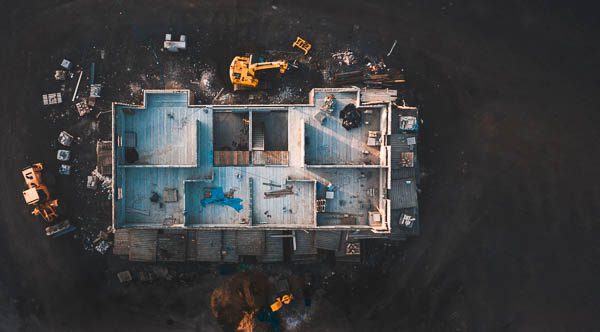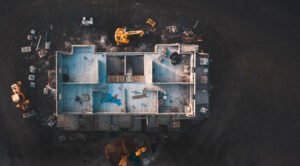
Subsidence and its risks
Post-quake every day New Zealanders were introduced to a number of new terms relating to engineering and ground movement.

One of those terms was subsidence; the gradual downward movement or sinking of an area of land which can cause the foundation of a home to gradually settle in one area or across its entire footprint.
Subsidence can result in expensive structural repairs, which may be a deal breaker for many house hunters.
For those homeowners looking to sell their property, the structural defects resulting from ground subsidence can significantly reduce their final sale price.
Mainmark Ground Engineering Sales and Business Development Manager James O’Grady fills us in on how to protect ourselves.
“While astute homeowners and buyers will recognise some of the warning signs of potential subsidence, major structural faults or safety hazards may not be visible at first glance,” James says.
“Extensive foundation damage should be fully assessed by a suitably accredited structural or geotechnical engineer, to identify the cause, how extensive the settlement is and whether the underlying cause of settlement requires fixing,”
The common causes of foundation ground issues often relate to moisture in the soil beneath the home’s foundations, he explains.
Different types of soil (such as reactive clays, sand and silt, fill, and organic soils) behave in different ways to changing moisture levels, so consider the following when investigating the likely cause:
• Water ponding around the house
• Excessive moisture leaking into the foundation ground, often due to broken pipes, making it too wet
• Invasive tree roots searching for water, making it too dry.
In many cases, foundation issues can be resolved quickly and efficiently using modern ground engineering solutions that are less invasive and costly than traditional underpinning.
Fixing the problem for the long term requires correcting any issues that might have caused the foundation damage and this may also involve consulting a plumber or other expert.
James recommends CSIRO Publishing’s Foundation Maintenance and Footing Performance: A homeowner’s Guide as a valuable reference and says that if signs of subsidence have appeared, you need to consult structural and geotechnical engineers or ground engineering experts.
Mainmark has treated more than 11,000 sites throughout Australasia, from single-storey homes to large commercial buildings.
For more information and advice about ground engineering issues and remediation solutions, contact Mainmark on 0800 873 835.



